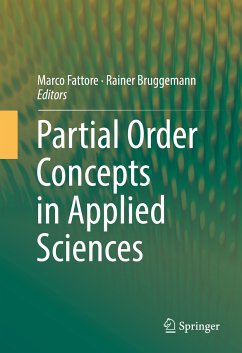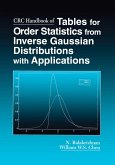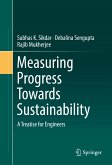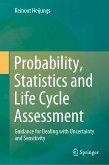This book illustrates recent advances in applications of partial order theory and Hasse diagram techniques to data analysis, mainly in the socio-economic and environmental sciences. For years, partial order theory has been considered a fundamental branch of mathematics of only theoretical interest. In recent years, its effectiveness as a tool for data analysis is increasingly being realized and many applications of partially ordered sets to real problems in statistics and applied sciences have appeared. Main examples pertain to the analysis of complex and multidimensional systems of ordinal data and to problems of multi-criteria decision making, so relevant in social and environmental sciences.
Partial Order Concepts in Applied Sciences presents new theoretical and methodological developments in partial order for data analysis, together with a wide range of applications to different topics: multidimensional poverty, economic development,inequality measurement, ecology and pollution, and biology, to mention a few. The book is of interest for applied mathematicians, statisticians, social scientists, environmental scientists and all those aiming at keeping pace with innovation in this interesting, growing and promising research field.
Dieser Download kann aus rechtlichen Gründen nur mit Rechnungsadresse in A, B, BG, CY, CZ, D, DK, EW, E, FIN, F, GR, HR, H, IRL, I, LT, L, LR, M, NL, PL, P, R, S, SLO, SK ausgeliefert werden.
Es gelten unsere Allgemeinen Geschäftsbedingungen: www.buecher.de/agb
Impressum
www.buecher.de ist ein Internetauftritt der buecher.de internetstores GmbH
Geschäftsführung: Monica Sawhney | Roland Kölbl | Günter Hilger
Sitz der Gesellschaft: Batheyer Straße 115 - 117, 58099 Hagen
Postanschrift: Bürgermeister-Wegele-Str. 12, 86167 Augsburg
Amtsgericht Hagen HRB 13257
Steuernummer: 321/5800/1497
USt-IdNr: DE450055826
Bitte wählen Sie Ihr Anliegen aus.
Rechnungen
Retourenschein anfordern
Bestellstatus
Storno









